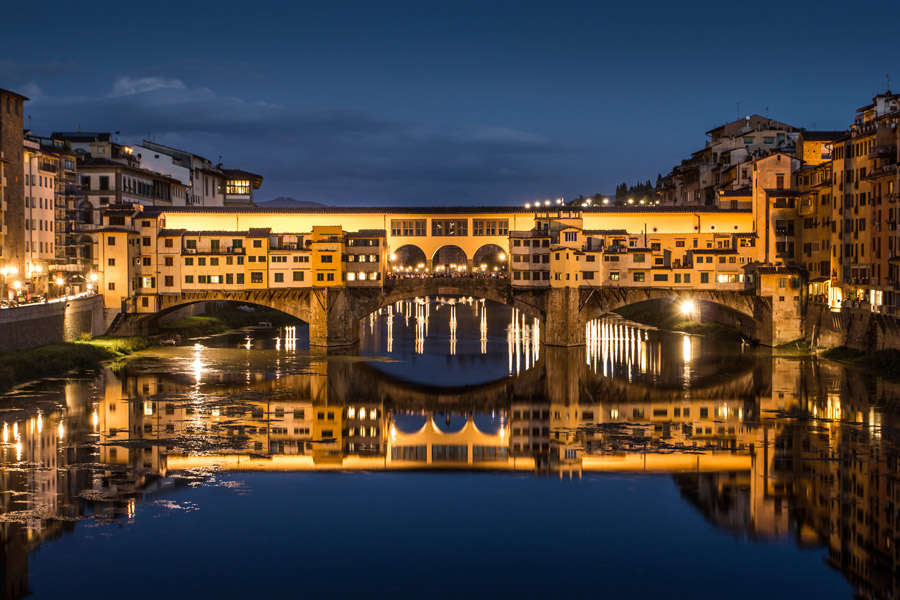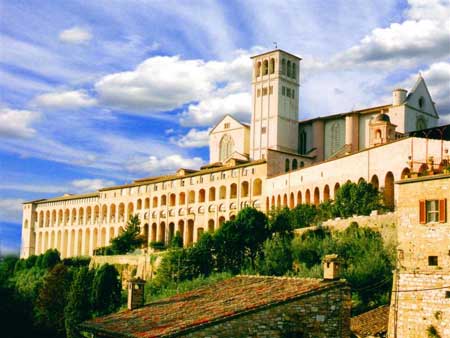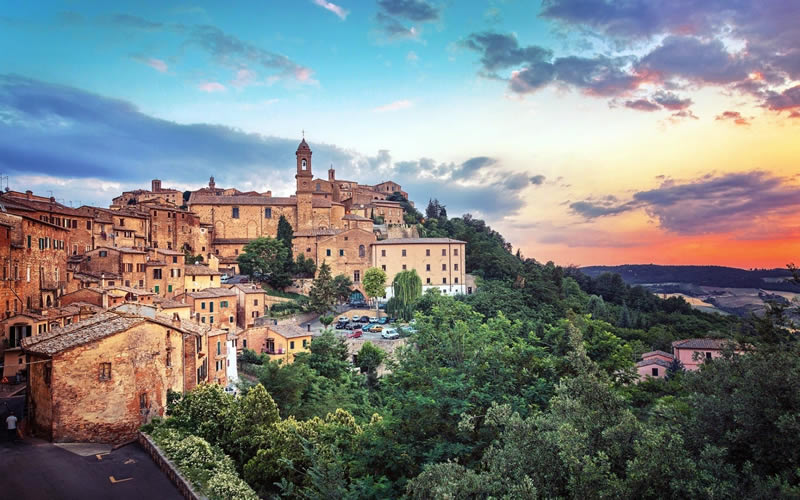CHIANCIANO TERME 2016
 Agrupación Europea de Pensionistas de Cajas de Ahorros y Entidades Financieras
Agrupación Europea de Pensionistas de Cajas de Ahorros y Entidades Financieras
EUROENCUENTRO 2016 – CHIANCIANO TERME (Toscana-Italia)
GRAND HOTEL ADMIRAL PALACE 4 ****
Via Umbria 2, Chianciano Terme (SI - Italia)
+39 0578 63297 www.admiralpalace.it
Fechas: del 13 al 20 de MAYO de 2016
Aeropuertos: Roma, Pisa y Florencia
(Previstos traslados aeropuerto-hotel y hotel-aeropuerto)
La Toscana, un privilegiado enclave turístico con un patrimonio y cultura indiscutible que ha dejado huella profunda e indeleble en la civilización europea, es la región que nos acogerá el año que viene. En su parte más profunda y paisajística se encuentra el hotel Grand Admiral Palace, situado en el centro de la ciudad balneario de Chianciano Terme, en plena naturaleza y en el corazón del Valle d’Orcia, nos ofrece su exclusividad durante toda nuestra estancia y por tanto plazas limitadas. Este hotel dispone de piscina al aire libre, conexión gratuita a Internet en todo el recinto, completas instalaciones y gran calidad en sus servicios, centro de belleza y de bienestar.

AVANCE DEL PROGRAMA GENERAL
- Viernes 13. Entrada en las habitaciones desde las 12.00h. Media pensión (cena) en el hotel. Entrega de documentación a la llegada. 20.00 h. Noche: Presentación del Euroencuentro. Cócktail de bienvenida y cena.
Del sábado 14 al jueves 19 de mayo se han programado las excursiones siguientes:
- SIENA (medio día)
Traslado en autobús hacia Siena para una visita guiada con guía local. Nos dejaremos envolver por el encanto de su ciudad y su casco histórico medieval. Una de las ciudades italianas, que ha conservado con más atención el aspecto de la época medieval, localizada en el corazón de la toscana. Siena, nacida en la cima de tres colinas y rodeada aún por los bien conservados muros de cinta, ofrece un gran número de finos ejemplos de arquitectura gótica y una plaza única en el mundo: La Piazza del Campo, famosa por el palio, uno de los puntos más importantes para los habitantes de Siena en forma de concha. El Palazzo Pubblico, así como la Catedral de Siena, fueron construidos durante el gobierno de los Nueve que coincidió con el apogeo del centro económico y cultural de Siena. Del patio interior del palacio conduce al Museo Cívico y la Torre de Mangia, en la parte superior de las cuales si uno sube los 500 escalones, podrá verse recompensado al disfrutar de unas espléndidas vistas de la ciudad.
- FLORENCIA (día completo, comida en restaurante “Fantasia”)
 Iniciaremos nuestro recorrido hacia la capital de la Toscana, Florencia, ciudad que ofrece la ventaja de visitarla totalmente a pie. Fue durante siglos el centro de la cultura artística italiana y europea, como así lo testimonian sus numerosos museos, palacios, iglesias y monumentos. Enmarcada por dos colinas y atravesada por el río Arno, Florencia es una ciudad que ha sabido cuidar su patrimonio histórico convirtiéndose a su vez en un foco emergente de la cultura moderna. Entre sus atractivos históricos que podremos ver tanto por la mañana como la tarde, después de relajarnos comiendo en uno de los mejores restaurantes situados en el centro de la ciudad, “Fantasia”, destacan la Piazza del Duomo ubicada en el centro de la ciudad. Esta hermosa plaza es el hogar de algunos de los más importantes tesoros artísticos y arquitectónicos de la Florencia, como el Campanario de Giotto, el Baptisterio, el Ponte Vecchio y la Catedral de Santa Maria del Fiore, una de las más importantes en el mundo en el que trabajaron grandes maestros como Giotto y Brunelleschi. Pasaremos por la Piazza Santa Maria Novella hasta llegar al Mercado de San Lorenzo, un mercado histórico que representa una atracción agradable y colorida del centro histórico de Florencia y que rodea a la iglesia de San Lorenzo.
Iniciaremos nuestro recorrido hacia la capital de la Toscana, Florencia, ciudad que ofrece la ventaja de visitarla totalmente a pie. Fue durante siglos el centro de la cultura artística italiana y europea, como así lo testimonian sus numerosos museos, palacios, iglesias y monumentos. Enmarcada por dos colinas y atravesada por el río Arno, Florencia es una ciudad que ha sabido cuidar su patrimonio histórico convirtiéndose a su vez en un foco emergente de la cultura moderna. Entre sus atractivos históricos que podremos ver tanto por la mañana como la tarde, después de relajarnos comiendo en uno de los mejores restaurantes situados en el centro de la ciudad, “Fantasia”, destacan la Piazza del Duomo ubicada en el centro de la ciudad. Esta hermosa plaza es el hogar de algunos de los más importantes tesoros artísticos y arquitectónicos de la Florencia, como el Campanario de Giotto, el Baptisterio, el Ponte Vecchio y la Catedral de Santa Maria del Fiore, una de las más importantes en el mundo en el que trabajaron grandes maestros como Giotto y Brunelleschi. Pasaremos por la Piazza Santa Maria Novella hasta llegar al Mercado de San Lorenzo, un mercado histórico que representa una atracción agradable y colorida del centro histórico de Florencia y que rodea a la iglesia de San Lorenzo.
- LAGO TRASIMENO (medio día)
Traslado en autobús hacia el lago para una visita guiada con guía local. En el corazón verde de la región de Umbría, entre cañadas y preciosos nenúfares blancos, surge el lago Trasimeno, un auténtico paraíso natural.
Son muy variados los municipios del Trasimeno, los cuales visitaremos: algunos se asoman directamente al lago, otros, poco distantes, gozan del atractivo de un espejo de agua que los refleja. Castiglione del Lago, un antiguo burgo que domina la orilla occidental y bajo el cual se encuentran los restos de numerosas tumbas etruscas, en este pueblecito se pueden admirar el castillo y la muralla medieval del palacio ducal. En Città della Pieve, silencioso y característico pueblo medieval habitado en la época tanto por etruscos como por romanos, se encuentra el callejón más estrecho de Italia. Es la ciudad que vió nacer al pintor Pietro Vanucci, más conocido como el Perugino. Otro de los pueblos que visitaremos será Panicale, no lejos de la Cittá della Pieve, donde podremos tener una de las mejores vistas del Lago.
- PERUGIA Y ASÍS (día completo, comida en restaurante “Poste dei Donini”)
 Nuestra excursión empezará yendo a Perugia donde nada más llegar nos adentraremos en su magnífico casco antiguo a través de un cómodo sistema de escaleras automáticas. Es una sorpresa para quien no la conoce gracias a los restos de época antigua y medieval. Podremos dejarnos llevar por el encanto de la Rocca Paolina, la Fuente Mayor, el Palacio dei Priori, el Arco Etrusco y degustar sus famosos chocolates para posteriormente dirigirnos al restaurante ubicado en una atractiva villa ajardinada a las afueras de Perugia conocida como “Posta dei Donini”. Por la tarde, continuaremos nuestro trayecto a Asís, lugar de nacimiento de San Francisco, fundador de la Orden Religiosa Franciscana, es uno de los 49 lugares italianos que la UNESCO ha incluido en la World Heritage List. Según el Comité de la UNESCO, esta ciudad constituye un modelo único de continuidad histórica de una ciudad con un paisaje cultural con mucho encanto. En particular, veremos la Basílica de San Francisco, visitaremos la Basílica de Santa Chiara (estilo gótico-italiano), la Piazza del Comune compuesta por el Templo de Minerva (siglo I a.c.), el Palacio del Capitán del Pueblo (siglo XIII), la Torre del Pueblo construida en el 1305, y la Basílica de S.Francisco.
Nuestra excursión empezará yendo a Perugia donde nada más llegar nos adentraremos en su magnífico casco antiguo a través de un cómodo sistema de escaleras automáticas. Es una sorpresa para quien no la conoce gracias a los restos de época antigua y medieval. Podremos dejarnos llevar por el encanto de la Rocca Paolina, la Fuente Mayor, el Palacio dei Priori, el Arco Etrusco y degustar sus famosos chocolates para posteriormente dirigirnos al restaurante ubicado en una atractiva villa ajardinada a las afueras de Perugia conocida como “Posta dei Donini”. Por la tarde, continuaremos nuestro trayecto a Asís, lugar de nacimiento de San Francisco, fundador de la Orden Religiosa Franciscana, es uno de los 49 lugares italianos que la UNESCO ha incluido en la World Heritage List. Según el Comité de la UNESCO, esta ciudad constituye un modelo único de continuidad histórica de una ciudad con un paisaje cultural con mucho encanto. En particular, veremos la Basílica de San Francisco, visitaremos la Basílica de Santa Chiara (estilo gótico-italiano), la Piazza del Comune compuesta por el Templo de Minerva (siglo I a.c.), el Palacio del Capitán del Pueblo (siglo XIII), la Torre del Pueblo construida en el 1305, y la Basílica de S.Francisco.
- ORVIETO (medio día)
Orvieto es una ciudad en la provincia de Terni, en la región Umbria. Está situada sobre una colina accidentada, a una altura de 325 metros sobre el nivel del mar. Por su extensión, es una de las cincuenta alcaldías más grandes de Italia. El Duomo es la catedral de la ciudad y seguramente su monumento más conocido, pues es una de las obras maestras del arquitectura gótica en Italia. En el corazón de Orvieto se encuentra un recorrido subterráneo constituido de grutas, que encerraban en sí mismas preciosos hallazgos arqueológicos. En los siglos se llegaron a descubrir hasta 1200 lugares subterráneos en la roca de la ciudad: un increíble patrimonio histórico y arqueológico. El conjunto se conoce como “Orvieto hipogea” o también “Orvieto underground”. Las visitas guiadas a estos lugares se desarrollan por las grutas de propiedad de la Alcaldía. El recorrido tiene precisas finalidades didácticas que explican al visitador la historia de la ciudad en los siglos.
- MONTEPULCIANO Y PIENZA (medio día – sólo bus para traslados)
 Nos trasladaremos en autocar a las poblaciones de Montepulciano y Pienza para pasar una mañana de tiempo libre. Montepulciano, centro agrícola de una cierta importancia, gracias a la producción del famoso vino Noble, Montepulciano (66 km al sudeste de Siena) es también una noble ciudad de formas renacentistas. Pienza, la ciudad de Pío. Esta interesante ciudad situada en el corazón del Val d'Orcia, cerca de Siena, en Toscana, es considerada la encarnación de la utopía renacentista de la “Ciudad Ideal”. Obtenido el reconocimiento como lugar Unesco en 1996, sigue siendo un ejemplo llegado hasta nuestros días de los cánones urbanísticos del Renacimiento en cuanto a la organización racional del espacio y a la perspectiva de las plazas y los palacios del siglo XVI. En ambos burgos se podrá contemplar sus calles y su casco antiguo, se podrán realizar compras, ver gratuitamente su bodega y degustar sus vinos para luego dirigirse al otro pueblo para probar sus espectaculares quesos y embutidos típicos de la zona.
Nos trasladaremos en autocar a las poblaciones de Montepulciano y Pienza para pasar una mañana de tiempo libre. Montepulciano, centro agrícola de una cierta importancia, gracias a la producción del famoso vino Noble, Montepulciano (66 km al sudeste de Siena) es también una noble ciudad de formas renacentistas. Pienza, la ciudad de Pío. Esta interesante ciudad situada en el corazón del Val d'Orcia, cerca de Siena, en Toscana, es considerada la encarnación de la utopía renacentista de la “Ciudad Ideal”. Obtenido el reconocimiento como lugar Unesco en 1996, sigue siendo un ejemplo llegado hasta nuestros días de los cánones urbanísticos del Renacimiento en cuanto a la organización racional del espacio y a la perspectiva de las plazas y los palacios del siglo XVI. En ambos burgos se podrá contemplar sus calles y su casco antiguo, se podrán realizar compras, ver gratuitamente su bodega y degustar sus vinos para luego dirigirse al otro pueblo para probar sus espectaculares quesos y embutidos típicos de la zona.
(El avance del programa de excursiones puede tener alguna ligera modificación)
Por las tardes, los días de las excursiones de medio día (sábado 14, lunes 16 y miércoles 18) tendrán lugar las reuniones siguientes:
- Consejo de Administración y Asamblea de Delegados
- Reunión del Grupo Europeo de Trabajo (GET)
- Asamblea General Plenaria de la Agrupación Europea
PRECIOS:
Miembros de Asociaciones afiliadas a la Agrupación Europea
HABITACIÓN DOBLE
HABITACIÓN INDIVIDUAL
840,00€
1.040,00€
Miembros no afiliados
| HABITACIÓN DOBLE | HABITACIÓN INDIVIDUAL |
| 870,00€ | 1.070,00€ |
Inscripciones: Plazo sujeto a disponibilidad de plazas en el momento de la solicitud.
OTROS SERVICIOS
- Seguro BÁSICO INCLUIDO contra gastos de anulación y asistencia en destino (Italia hasta 8 días). Si desean contratar un seguro opcional de viaje, les rogamos se pongan en contacto con la agencia de viajes.
- Traslados aeropuertos-Hotel y viceversa: 60,00€ (Roma), 65,00€ (Pisa) y 58,00€ (Florencia) por trayecto de ida y vuelta y persona (precios basados en un mínimo de 30 personas).
PRECIOS: Los precios del viaje han sido calculados en base al cambio de monedas, tarifas de transportes, combustibles y tasas e IVA en vigor en España e Italia a fecha 01/08/15. Cualquier cambio en la citada cotización podrá revisarse y repercutirse al cliente de acuerdo con la normativa vigente, y las condiciones generales incluidas en la oferta presente y anexos (artículo 157 RDL 1/2007).

